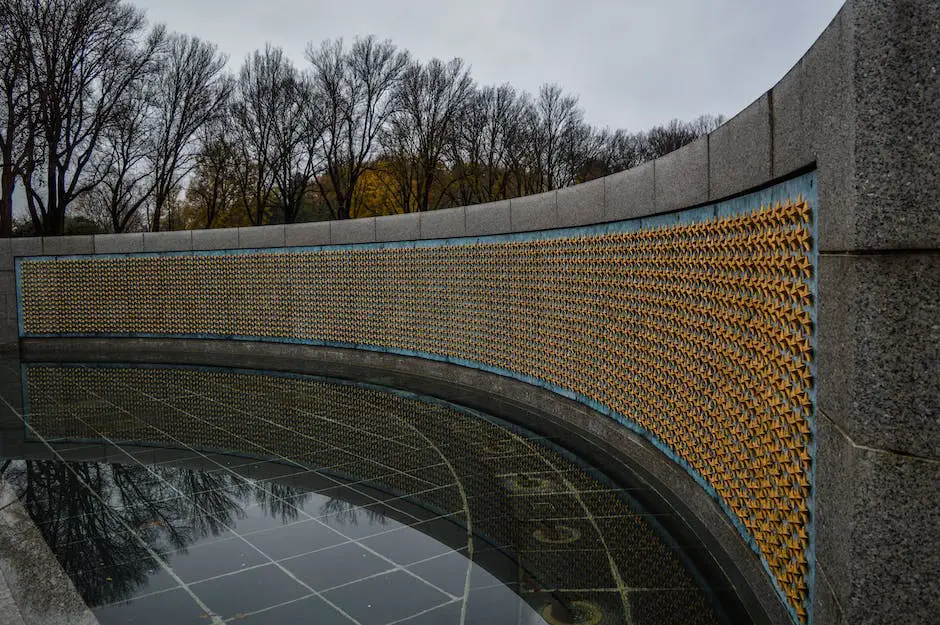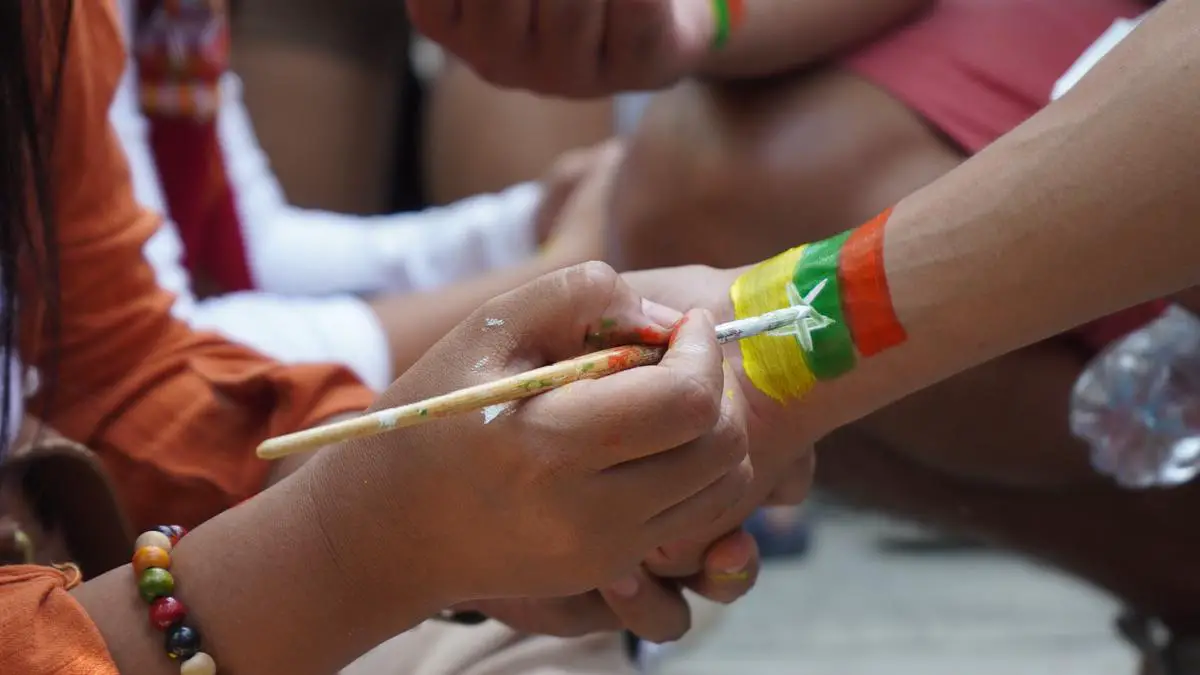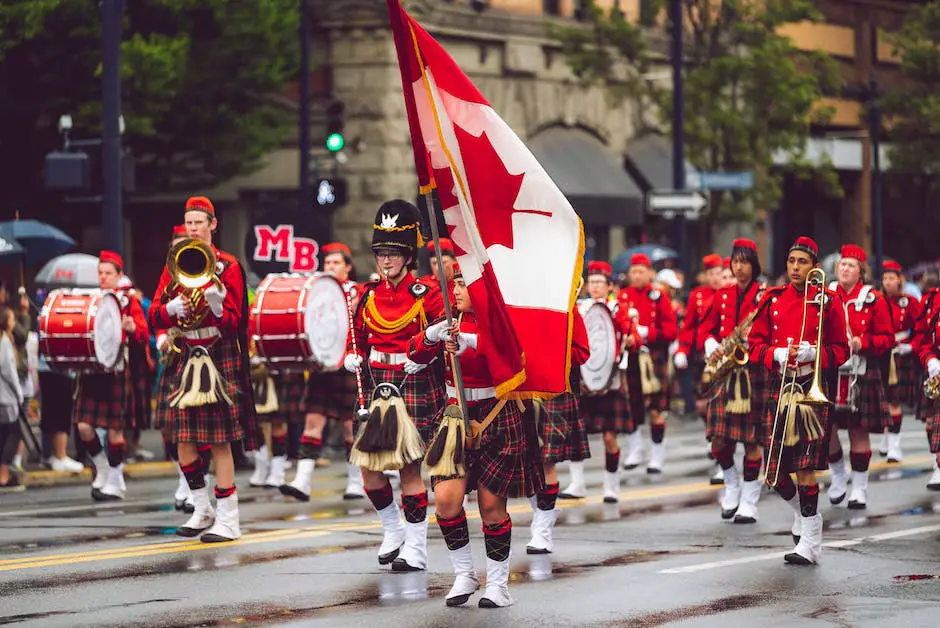Understanding Veteran’s Day: Its Significance and Observance
Every year, on the 11th of November, the United States pays tribute to the brave men and women who dedicated their lives to serving and protecting their nation. Veteran’s Day, as it is popularly known, is one of the most important observances in the American calendar, a day wrapped in history, symbolism and deep respect for those who have donned the military uniform. In this exploration of Veteran’s Day, we delve into the historical roots, the societal influence, and the typical traditions associated with this significant day. We unearth how it came into being after the distressing chaos of World War I and grew into a national event of gratitude and recognition.
History and Origin of Veteran’s Day
Origins of Veteran’s Day: World War I and Armistice Day
Veteran’s Day finds its origins in the aftermath of World War I, originally designated as Armistice Day. The Armistice with Germany went into effect on the 11th hour of the 11th day of the 11th month in 1918, essentially marking the cessation of fighting in World War I. November 11th was regarded as the end of the “war to end all wars” and was declared Armistice Day by President Woodrow Wilson in the United States in 1919.
An Act approved on May 13, 1938, made November 11th a legal holiday every year, dedicated to the cause of world peace and to honor the veterans of World War I. At this stage, Armistice Day was primarily a day set aside to honor the veterans of the first World War that had ravaged Europe.
Extension of Honor: From Armistice Day to Veteran’s Day
The historical roots of Veteran’s Day took a significant turn after the great atrocities of World War II and the Korean War. These wars saw the greatest mobilization of soldiers, sailors, marines, and airmen in the nation’s history, and there was a push to expand the recognition from World War I veterans to veterans of all wars.
In 1954, the 83rd U.S. Congress, under the encouragement of veteran’s service organizations, amended the Act of 1938 by striking out the word “Armistice” and replacing it with the word “Veterans.” On June 1, 1954, the law was approved, and November 11th became a day to honor American veterans of all wars, not just those who served in World War I. The holiday thus became known as Veteran’s Day.
Veteran’s Day: A National Holiday
Initially, underscoring the importance of the date, the celebration of Veteran’s Day was fixed on November 11. However, in a bid to allow for more three-day weekends for the nation’s workers, Congress passed the Uniform Monday Holiday Act in 1968, which moved the celebration of Veteran’s Day to the fourth Monday in October.
Shortly after this legislation took effect in 1971, it became apparent that November 11 was historically significant to many Americans, particularly veterans’ associations; hence, President Gerald R. Ford signed a law returning the observation of Veteran’s Day to November 11th once again, whether it fell on a weekday or weekend. If the date fell on a weekend, the holiday would be observed on the closest weekday.
Examining Veterans Day: Key Figures and Turning Points
The journey to the creation of Veterans Day as we know it today involved many essential characters and catalysts. One of the most influential individuals in this process was Raymond Weeks. A World War II veteran hailing from Birmingham, Alabama, Weeks proposed expanding Armistice Day into a celebration for all veterans, not merely those of World War I. Weeks led the inaugural national Veterans Day in 1947 and maintained this tradition annually until his passing in 1985. In 1982, Weeks received the Presidential Citizenship Medal, recognizing him as the “Father of Veterans Day”.
Another instrumental figure in the establishment of Veterans Day was Congressman Ed Rees from Kansas. Inspired by Alvin J. King, a local shoe cobbler harboring the same dream, Rees introduced a bill in Congress aimed at making this dream a reality.
By restoring Veterans Day to its original date of November 11 and broadening the scope to honor all Veterans, the United States deepened the public’s connection with the observance. Families touched by military service could now honor their loved ones who served during any conflict. This shift heralded a wealth of ceremonies, parades, and moments of silence, all dedicated to revering those who served their country, whether in times of war or peace.

Significance of Veteran’s Day
Fostering A Culture of Honor: The Significance of Veterans Day
In the United States, Veterans Day is marked annually on November 11, instilling the occasion with a deep cultural significance. It offers the nation a moment to acknowledge and honor its military veterans. Beyond being a testament to military service, Veterans Day has become a cornerstone of American culture, symbolizing national pride, patriotism, and respect for those who risked their lives for the nation.
Veterans Day stands as a testament to the courage, sacrifice, and dedication of these men and women during both war and peaceful times. The nation offers gratitude in the form of this day, confirming that the bravery and commitment of Veterans received due recognition and celebration.
Public spaces on Veterans Day are likely to be decorated with flags, flowers, and other patriotic symbols. The country comes to life with parades, speeches, and services, each contributing to a sense of national unity and respect. The focus remains on the sacrifices made, the lives lost, and the contributions of these brave individuals. It’s also common for many businesses and workplaces to acknowledge this day – Veterans and current military members can expect a day off, special discounts, and other tokens of appreciation on November 11.
Veteran’s Day: A Bridge Connecting Military with Civilians
In addition to recognizing and honoring veterans, Veteran’s Day also often serves as an opportunity to educate the public about the realities of military service, shaping societal understanding and increasing public empathy towards veterans. Many veterans take part in school programs and public talks, sharing their personal stories and experiences of war and service. This personal interaction helps to bridge the gap between civilians and military personnel, fostering a sense of common understanding and mutual respect.
The societal importance of Veteran’s Day goes beyond the recognised day of observance. The day has a broader, year-round impact on American society by continually encouraging citizens — regardless of their connection to the military — to appreciate the freedoms they enjoy today, to reflect on the sacrifices that have secured these freedoms, and to respect the dedication and courage that sustains them.
Veteran’s Day: A Reminder of a Nation’s Strength and Resilience
Moreover, Veteran’s Day also serves an important role in encouraging national unity and reinforcing American identity. It’s an annual reminder of the nation’s capability to endure hardships, to overcome adversity, and to emerge triumphant. Each year, this day rekindles the sense of a common American identity, revitalizes national confidence, and strengthens the mutual bond among citizens. The importance of this cannot be underestimated, particularly in times of national or global crisis when unity and resilience become more important than ever.
Veteran’s Day is not merely a recognition of military service. It is a multifaceted occasion integral to American culture and society. It nurtures American values, fosters civil-military understanding, imparts knowledge to future generations, and stands as a symbol of American strength and unity. This pivotal day is an embodiment of patriotism and gratitude. It is an enduring testament to the nation’s unity and power, continually shaping the American society.

Photo by tsawwunna24 on Unsplash
Common Veteran’s Day Traditions and Observances
Celebrating Veteran’s Day with Public Gatherings and Parades
Held annually on November 11, Veteran’s Day celebrations comprise numerous gatherings throughout the nation. Marching bands, float parades, veteran service associations, and military vehicles are common features. Large-scale Veteran’s Day parades see the light of day in prominent cities like New York City, San Diego, and Houston, involving thousands of participants and onlookers.
New York City’s “America’s Parade” is among the most ostentatious of Veteran’s Day parades. It ushers in tens of thousands of participants marching along the stretch of Fifth Avenue. This event, attracting widespread audience, showcases military exhibitions, parading bands, and a variety of decorated floats.
Moments of Silence and Individual Acts of Remembrance
In addition to the celebrations, Veteran’s Day is also a solemn occasion for many. Observances like a moment of silence or the ringing of bells often occur at 11 a.m., marking the armistice that ended World War I. Many people visit cemeteries and memorials to pay their respects to fallen soldiers. They may leave flowers, flags, or other tokens of appreciation at the gravesites of veterans.
Offices, schools, and other institutions often host assembling events where community members can gather to honor veterans. These events may include speakers, musical performances, and readings that highlight the service and sacrifices of soldiers.
Unique Observances Across States and Communities
Different states and communities across America have unique ways of observing Veteran’s Day. For instance, in Alabama, the city of Birmingham holds the National Veterans Day Parade, which is reportedly the longest-running Veteran’s Day parade in the country.
In California, the city of Fresno hosts a Veteran’s Day parade recognized as one of the largest in the state, where children’s art contests and a memorial ceremony are often part of the celebrations. Virginia, home to the Pentagon and several military bases, often hosts events featuring high-ranking military officials and has a variety of patriotic concerts.
Communities with large military populations, like San Diego, California, and Norfolk, Virginia, often have extensive activities such as military reenactments, air shows, and fireworks displays. Cities located near military cemeteries or national veterans’ memorials may host wreath-laying ceremonies or guided tours that focus on the military history of the area.
Both large and small communities find ways to recognize the day, whether it’s through organized community events, school programs, or individual acts of acknowledgement and gratitude. Every observance, in its own way, serves this shared national purpose: to honor and thank those who have served in the United States Armed Forces.

The enduring legacy of Veteran’s Day reinforces the nation’s pride, patriotism, and appreciation for the sacrfices made by its military veterans. The myriad of traditional observances, each unique and poignant in its own right, binds communities together in paying respect to those who have served. From the solemn silences standing as haunting reminders of the horrors of war, to grand parades echoing with shared joy and gratitude, Veteran’s Day observance is a potent, living symbol of unity and appreciation. It is this collective recognition that keeps the spirit of acknowledgement alive, making the 11th of November a day of profound significance and reverent remembrance in the United States.


